How A Secret Atomic Workshop In Iran Went Up In Flames


In late July 2020, an industrial production workshop in the Shadabad area of Tehran was reportedly set ablaze by an individual named Masoud Rahimi, accompanied by eight others.
The suspects had received 2.7 billion rials ($10,000 at the time) from an anonymous person claiming to be a disgruntled creditor, seeking revenge. The anonymous person promised them additional payment if they would set the workshop on fire, destroyed the property, and filmed it. Masoud Rahimi, along with his brothers Mostafa and Mohammad, and six others, entered the workshop with weapons, tied up the guard, and set fire to some of the equipment inside.
This arson quickly became one of the most significant national security issues in Iran, with reports reaching Ali Khamenei, the Supreme Leader of the Islamic Republic. The nine alleged perpetrators were arrested the same month and accused of "acts against national security through cooperation with Israel." Rahimi and other suspects were unaware that they had set fire to one of the covert workshops of the Atomic Energy Organization of Iran, which Iran had not disclosed to the International Atomic Energy Agency (IAEA), according to obligations.
Iran International conducted an investigative report based on dozens of documents from the judiciary and the Ministry of Intelligence, provided by Ali’s Justice, a network of hacktivists that has w revealed troves of Iranian government documents in recent years. Some of the referenced documents are among millions of judicial records that the group announced they had obtained on March 21, 2024.
The first batch of documents Iran International received from the hacktivist group was mainly about security prisoners in Tehran’s Evin Prison. Through examining their cases, Iran International uncovered the Shadabad sabotage case. To help dig deeper, Edalat Ali (Ali’s Justice) searched through millions of files and provided Iran International with more related documents about this case which had remained unnoticed.
The workshop set ablaze in Shadabad belonged to the Atomic Energy Organization of Iran, according to the documents from the judiciary. The Shadabad area is an old neighborhood in southwestern Tehran, located in District 18 of the municipality.
According to judicial documents, the Islamic Republic considers the Israeli intelligence service, Mossad, as the main perpetrator of this sabotage operation.
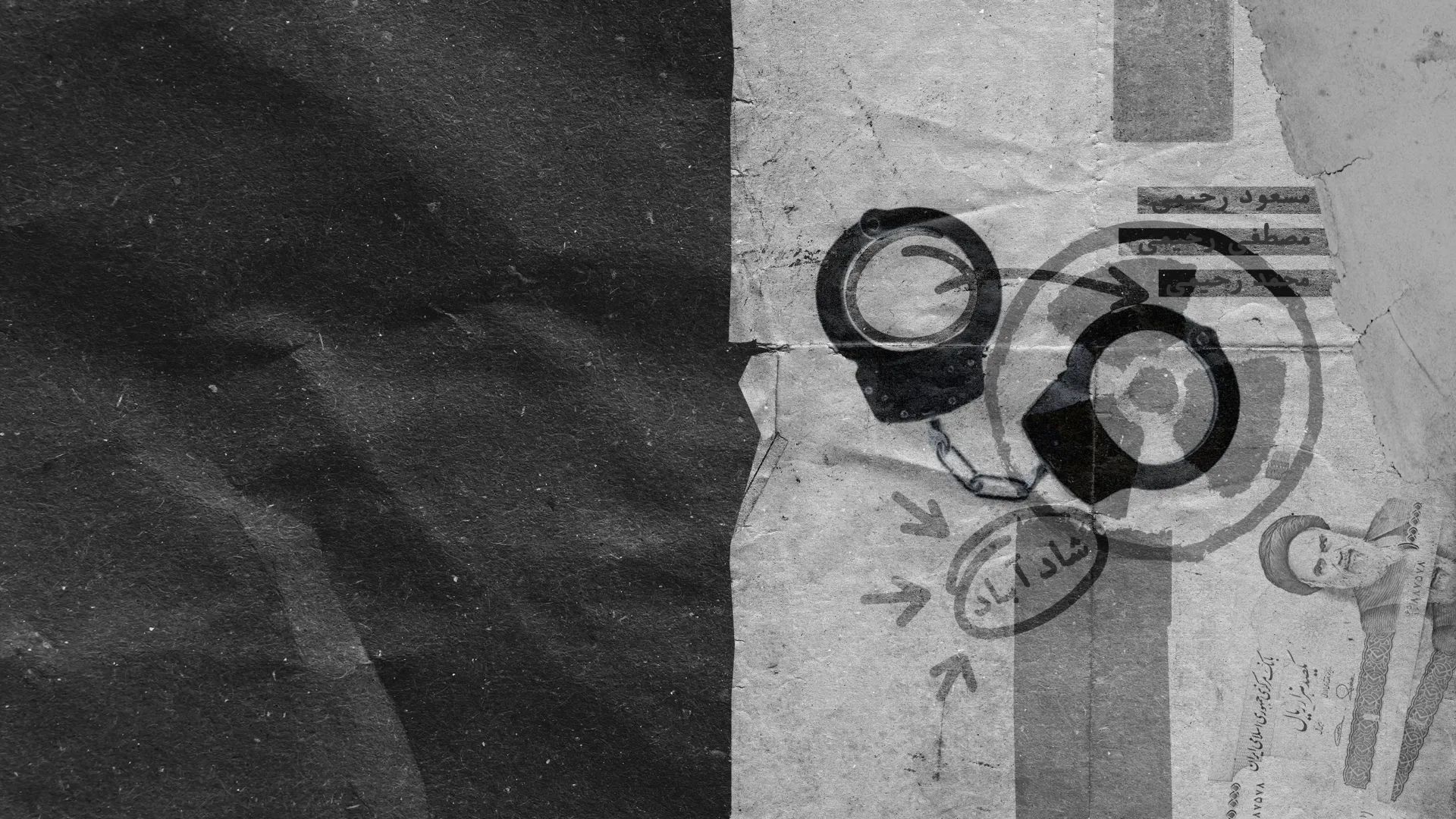


In late July 2020, an industrial production workshop in the Shadabad area of Tehran was reportedly set ablaze by an individual named Masoud Rahimi, accompanied by eight others.
The suspects had received 2.7 billion rials ($10,000 at the time) from an anonymous person claiming to be a disgruntled creditor, seeking revenge. The anonymous person promised them additional payment if they would set the workshop on fire, destroyed the property, and filmed it. Masoud Rahimi, along with his brothers Mostafa and Mohammad, and six others, entered the workshop with weapons, tied up the guard, and set fire to some of the equipment inside.
This arson quickly became one of the most significant national security issues in Iran, with reports reaching Ali Khamenei, the Supreme Leader of the Islamic Republic. The nine alleged perpetrators were arrested the same month and accused of "acts against national security through cooperation with Israel." Rahimi and other suspects were unaware that they had set fire to one of the covert workshops of the Atomic Energy Organization of Iran, which Iran had not disclosed to the International Atomic Energy Agency (IAEA), according to obligations.
Iran International conducted an investigative report based on dozens of documents from the judiciary and the Ministry of Intelligence, provided by Ali’s Justice, a network of hacktivists that has revealed troves of Iranian government documents in recent years. Some of the referenced documents are among millions of judicial records that the group announced they had obtained on March 21, 2024.
The first batch of documents Iran International received from the hacktivist group was mainly about security prisoners in Tehran’s Evin Prison. Through examining their cases, Iran International uncovered the Shadabad sabotage case. To help dig deeper, Edalat Ali (Ali’s Justice) searched through millions of files and provided Iran International with more related documents about this case which had remained unnoticed.
The workshop set ablaze in Shadabad belonged to the Atomic Energy Organization of Iran, according to the documents from the judiciary. The Shadabad area is an old neighborhood in southwestern Tehran, located in District 18 of the municipality.
According to judicial documents, the Islamic Republic considers the Israeli intelligence service, Mossad, as the main perpetrator of this sabotage operation.

Israeli Response to Iran’s Nuclear Program
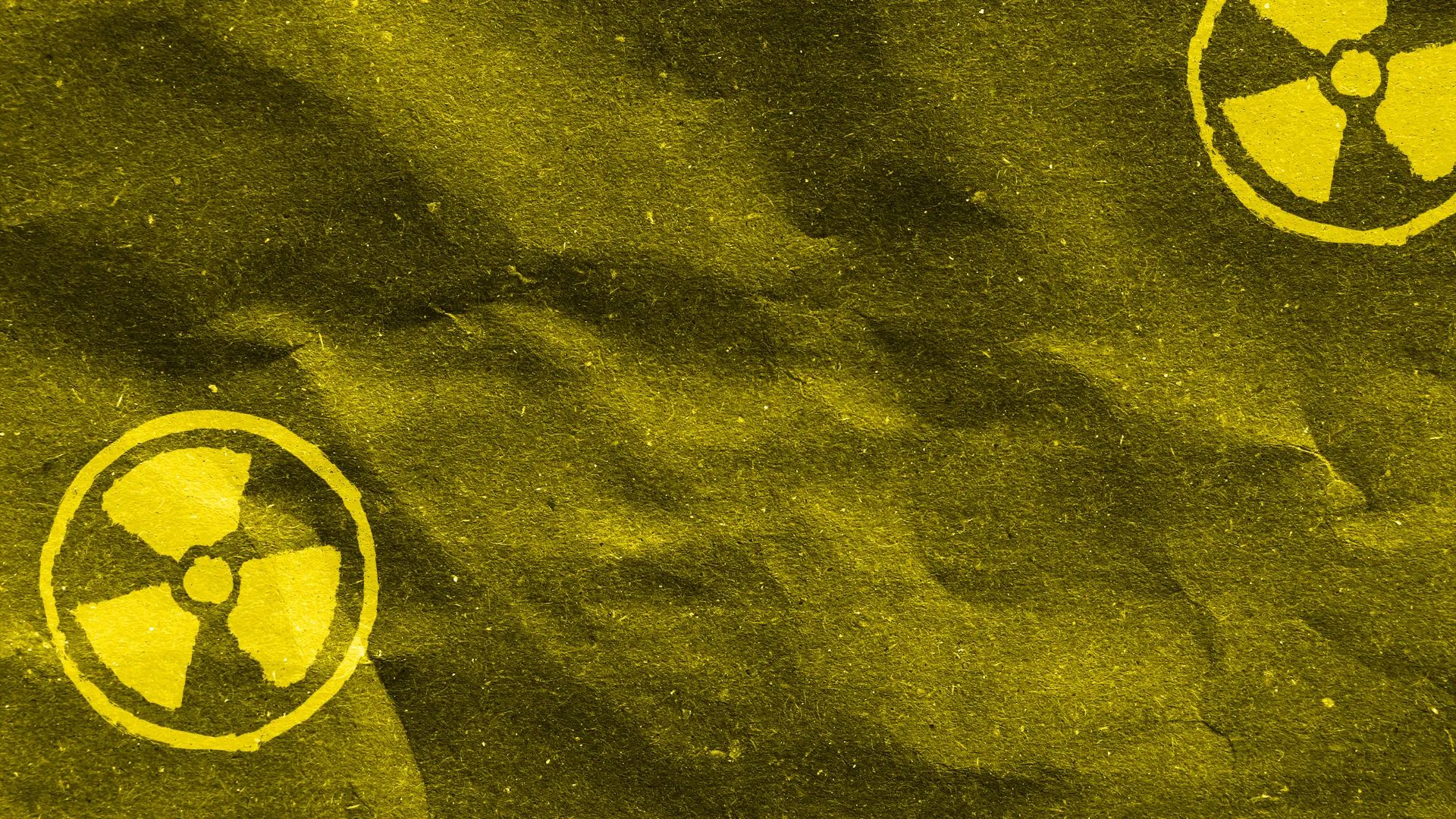
This is not the first time sabotage operations have been carried out at Iranian nuclear facilities. Between 2009 and 2011, five individuals involved in Iran's nuclear industry, whom the Islamic Republic considered scientists, were assassinated.
Furthermore, on November 29, 2010, Fereydoon Abbasi, former head of the Atomic Energy Organization of Iran, narrowly escaped an assassination attempt.
The Islamic Republic has consistently accused Israel of these assassinations. In 2010, the Stuxnet virus infiltrated computers in Iran's nuclear facilities, reportedly causing damage to some uranium enrichment machines called centrifuges.
The theft of Iran's nuclear documents from a warehouse in the Shourabad area of Tehran was one of the few actions officially claimed by Israel. On May 1, 2018, Benjamin Netanyahu presented a trove of documents and CDs, stating that Israel had obtained 55,000 pages and 55,000 digital files of information related to Iran's nuclear program in an intelligence operation.
Several explosions and fires occurred at Iran's nuclear facilities in 2020 and 2021, the most significant of which took place on July 2, 2020, at the Natanz nuclear facility, which the Atomic Energy Organization of Iran confirmed caused "significant damage" and delayed the installation of centrifuges at the site in the "medium term."
Also, on April 11, 2021, the Atomic Energy Organization announced a sabotage attempt at Iran's enrichment facility in Natanz. The dimensions of this incident were not immediately clear, but according to IRNA, Behrouz Kamalvandi, the spokesman for the Atomic Energy Organization, fell from a height of several meters during a visit to the enrichment complex on the same day, injuring his head and feet. On April 17, 2021, the Ministry of Intelligence announced that the perpetrator of this sabotage was a person named "Reza Karimi Natanz," who had left the country hours after his act.
The assassination of Mohsen Fakhrizadeh, the former head of the Ministry of Defense's Research and Innovation Organization, on November 27, 2020, was another action taken as part of sabotage in Iran's nuclear industry. Israel had referred to him as one of the officials of the "nuclear weapons program" in Iran two years before his assassination.
The sabotage at the nuclear warehouse in Shadabad took place about five months before Fakhrizadeh's assassination.
According to one document, an Azerbaijani national named Rajab contacted one of the suspects and asked him to carry out "sabotage by a team of ruffians and thugs" in exchange for a sum of money.
Rajab has been introduced as a Mossad agent in the judicial documents.
The spokesman for the Israeli Prime Minister's Office responded to Iran International regarding the sabotage at Iran's secret nuclear facility in Shadabad, stating, "We have no comment."
According to one of the Ministry of Intelligence documents, Rajab contacted Montazeri, who then provided him with the blueprint of the Shadabad workshop through cyberspace and transferred money to his account.
Behrouz Motazeri, the second-row defendant in the case, stated in his interrogation that Rajab had studied at Qazvin University.
Documents show that so far Rajab and no other person has been arrested as the instigator or planner of this connection.
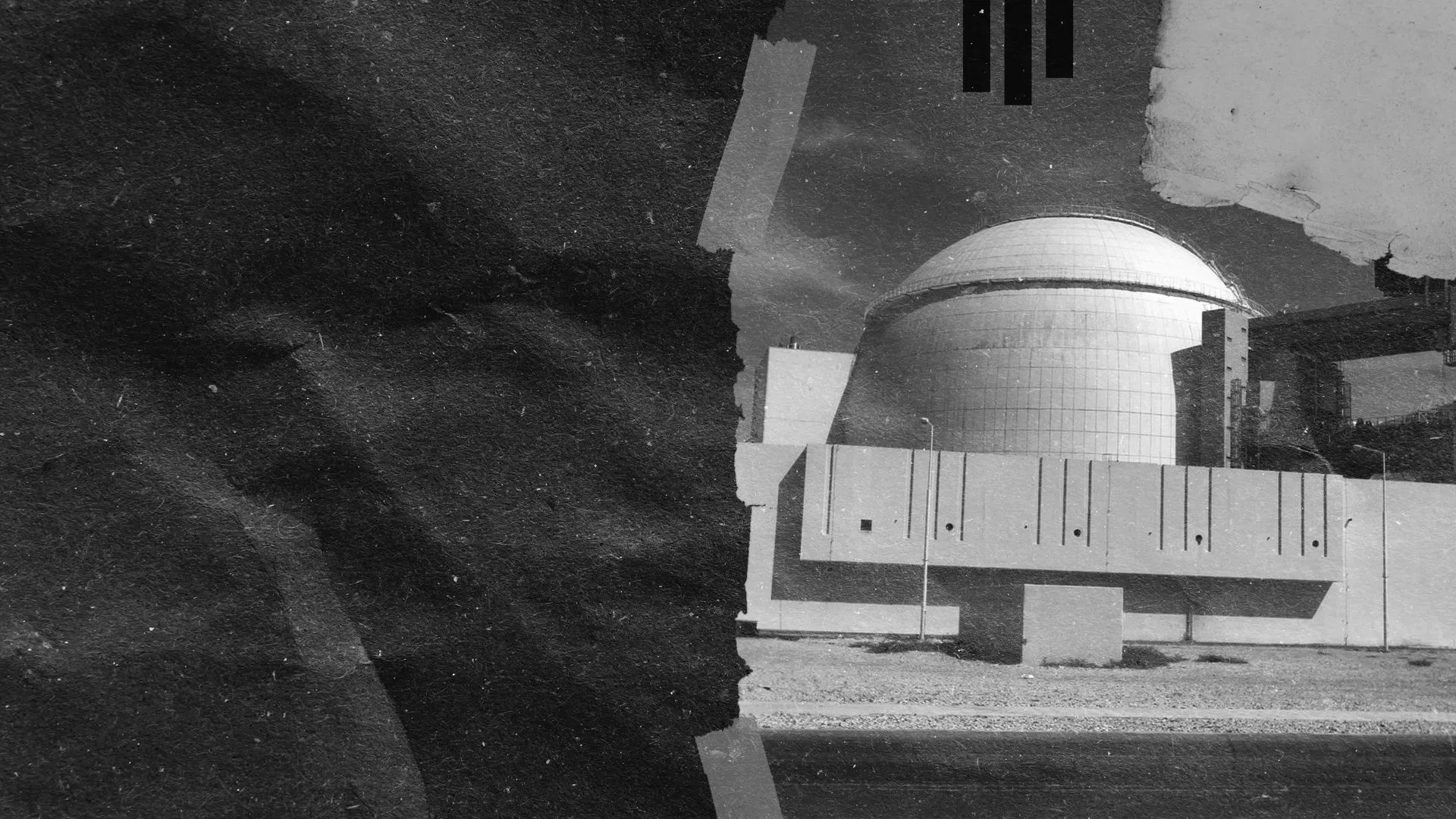
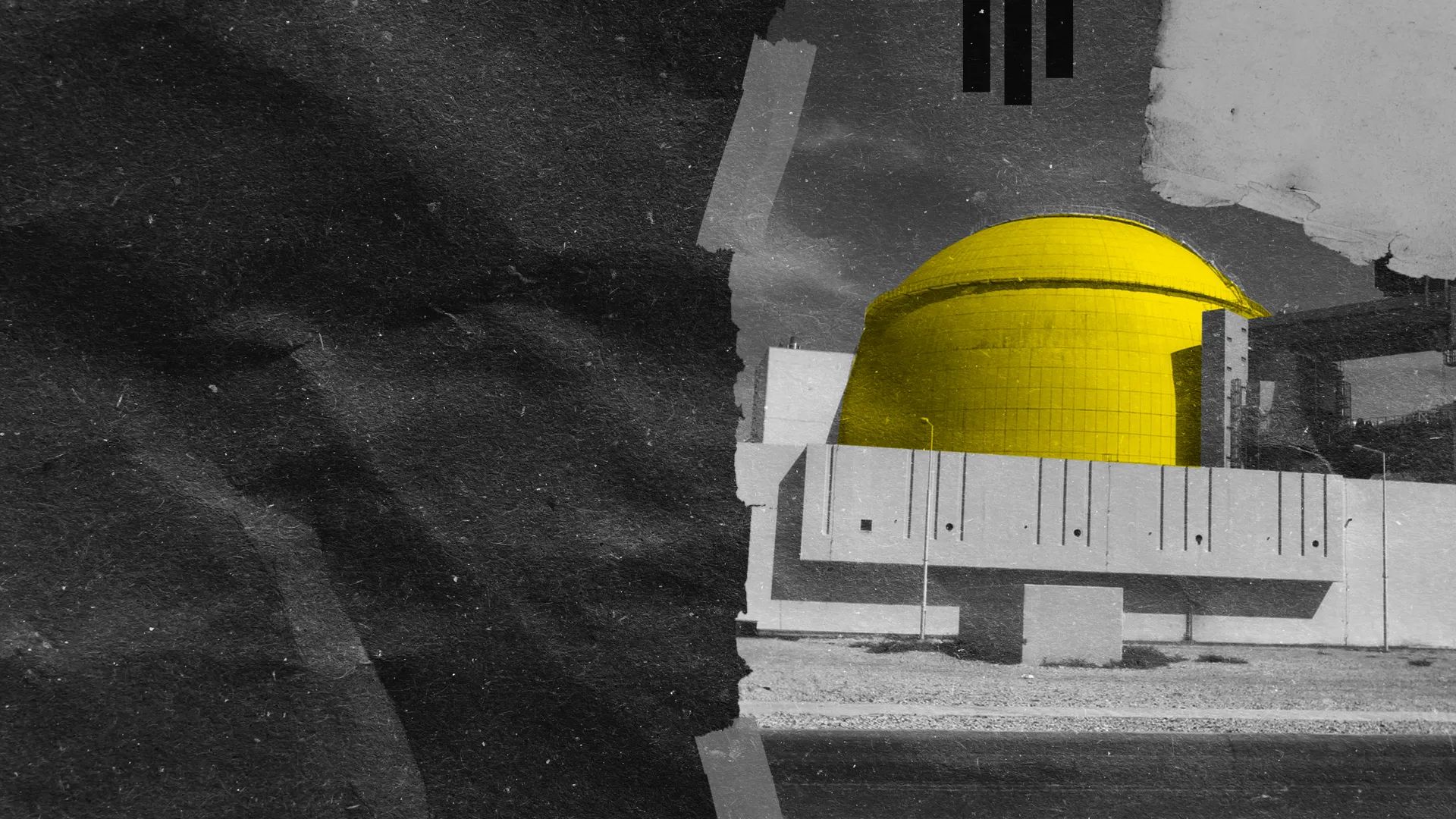
This is not the first time sabotage operations have been carried out at Iranian nuclear facilities. Between 2009 and 2011, five individuals involved in Iran's nuclear industry, whom the Islamic Republic considered scientists, were assassinated.
Furthermore, on November 29, 2010, Fereydoon Abbasi, former head of the Atomic Energy Organization of Iran, narrowly escaped an assassination attempt.
The Islamic Republic has consistently accused Israel of these assassinations. In 2010, the Stuxnet virus infiltrated computers in Iran's nuclear facilities, reportedly causing damage to some uranium enrichment machines called centrifuges.
The theft of Iran's nuclear documents from a warehouse in the Shourabad area of Tehran was one of the few actions officially claimed by Israel. On May 1, 2018, Benjamin Netanyahu presented a trove of documents and CDs, stating that Israel had obtained 55,000 pages and 55,000 digital files of information related to Iran's nuclear program in an intelligence operation.
Several explosions and fires occurred at Iran's nuclear facilities in 2020 and 2021, the most significant of which took place on July 2, 2020, at the Natanz nuclear facility, which the Atomic Energy Organization of Iran confirmed caused "significant damage" and delayed the installation of centrifuges at the site in the "medium term."
Also, on April 11, 2021, the Atomic Energy Organization announced a sabotage attempt at Iran's enrichment facility in Natanz. The dimensions of this incident were not immediately clear, but according to IRNA, Behrouz Kamalvandi, the spokesman for the Atomic Energy Organization, fell from a height of several meters during a visit to the enrichment complex on the same day, injuring his head and feet. On April 17, 2021, the Ministry of Intelligence announced that the perpetrator of this sabotage was a person named "Reza Karimi Natanz," who had left the country hours after his act.
The assassination of Mohsen Fakhrizadeh, the former head of the Ministry of Defense's Research and Innovation Organization, on November 27, 2020, was another action taken as part of sabotage in Iran's nuclear industry. Israel had referred to him as one of the officials of the "nuclear weapons program" in Iran two years before his assassination.
The sabotage at the nuclear warehouse in Shadabad took place about five months before Fakhrizadeh's assassination.
According to one document, an Azerbaijani national named Rajab contacted one of the suspects and asked him to carry out "sabotage by a team of ruffians and thugs" in exchange for a sum of money.
Rajab has been introduced as a Mossad agent in the judicial documents.
The spokesman for the Israeli Prime Minister's Office responded to Iran International regarding the sabotage at Iran's secret nuclear facility in Shadabad, stating, "We have no comment."
According to one of the Ministry of Intelligence documents, Rajab contacted Montazeri, who then provided him with the blueprint of the Shadabad workshop through cyberspace and transferred money to his account.
Behrouz Motazeri, the second-row defendant in the case, stated in his interrogation that Rajab had studied at Qazvin University.
Documents show that so far Rajab and no other person has been arrested as the instigator or planner of this connection.
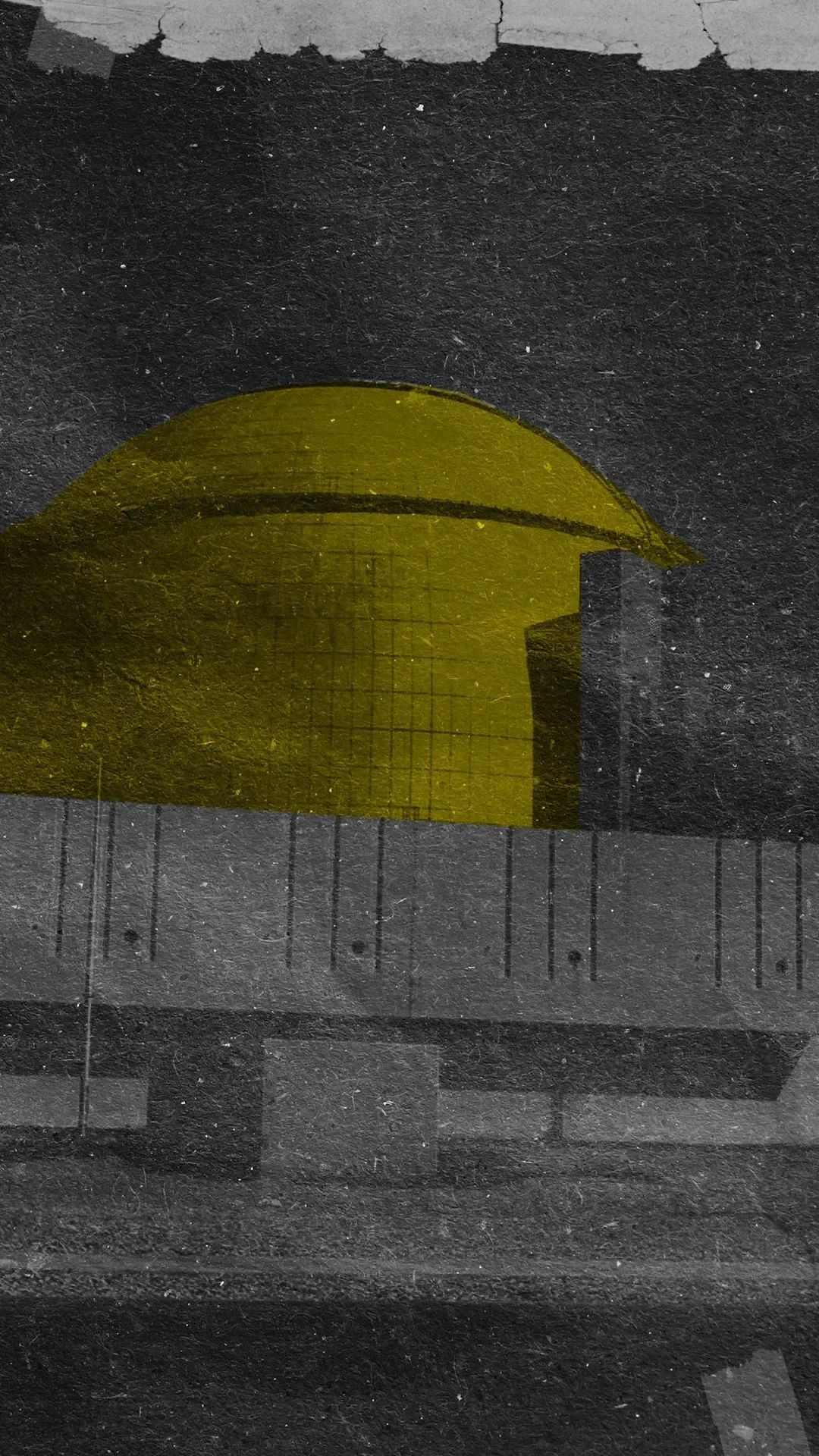
The Defendants in the Case

Initially, the nine defendants in this case were accused of "confrontation with the Islamic government," "sabotage," "destruction of one of the Atomic Energy Organization's devices," "acts against national security through cooperation with Israel," and possession of firearms and drugs.
Documents indicate that the judge acknowledged the existence of nuclear facilities in the location, and the defendants were acquitted of the charge of "confrontation with the Islamic government." Among the defendants is a woman named Parvin Mirzaei, who, according to one document in the case, is a citizen of Afghanistan.
Hundreds of letters exchanged between the judiciary, the Ministry of Intelligence, the Atomic Energy Organization, and investigations by Iran International show that Masoud Rahimi, the first-row defendant, has been sentenced to 10 years in prison and is currently incarcerated in Tehran's Greater Tehran Penitentiary. According to one judicial document, Masoud Rahimi also holds Singaporean citizenship. The Singaporean government did not respond to Iran International's inquiries about this matter.
Behrouz Montazeri, sentenced to four years in prison, is currently serving his sentence in Ward 4 of Evin Prison.
Other defendants were sentenced to less than four years, and some have either been released from prison upon completion of their sentences or are on the verge of being released. Initially, all the defendants in this case were held in Evin Prison, but after several incidents of conflict within Evin Prison, involving some of the defendants, and after the fire at Evin Prison on October 14, 2022, they were transferred to Greater Tehran Prison. Later, Behrouz Montazer was returned to Evin Prison.
Two of the cellmates of these prisoners, who spent many days with them in prison, told Iran International, "They were deceived and had no idea that the place belonged to the Atomic Energy Organization of Iran." One of the accomplices in this case said, "In his trial description, Judge said, 'Let's assume you didn't intend to harm the system and you were deceived. With the significant damage to the devices and the significant financial loss you have caused, what should we do?' He also said the defendants were from the vulnerable strata of society, who, due to economic pressure, agreed to set fire to the warehouse for some money: 'Some of them had a history of addiction and drug possession. What they did was significant, but it seems even the judge and security agencies understood that they were not criminals and had no motive; they were simply driven to this out of desperation.'"
In one of the judicial documents, Ali Qanatkar, the chief investigator of the first branch of the Moghaddas Court, wrote to the Tehran prosecutor in a highly confidential report, a copy of which was obtained by Iran International, "The head of the CIA and the National Security Advisor of America said that unemployed, addicted, and socially maladjusted individuals are suitable capacities for operational activities in the country (Iran)."

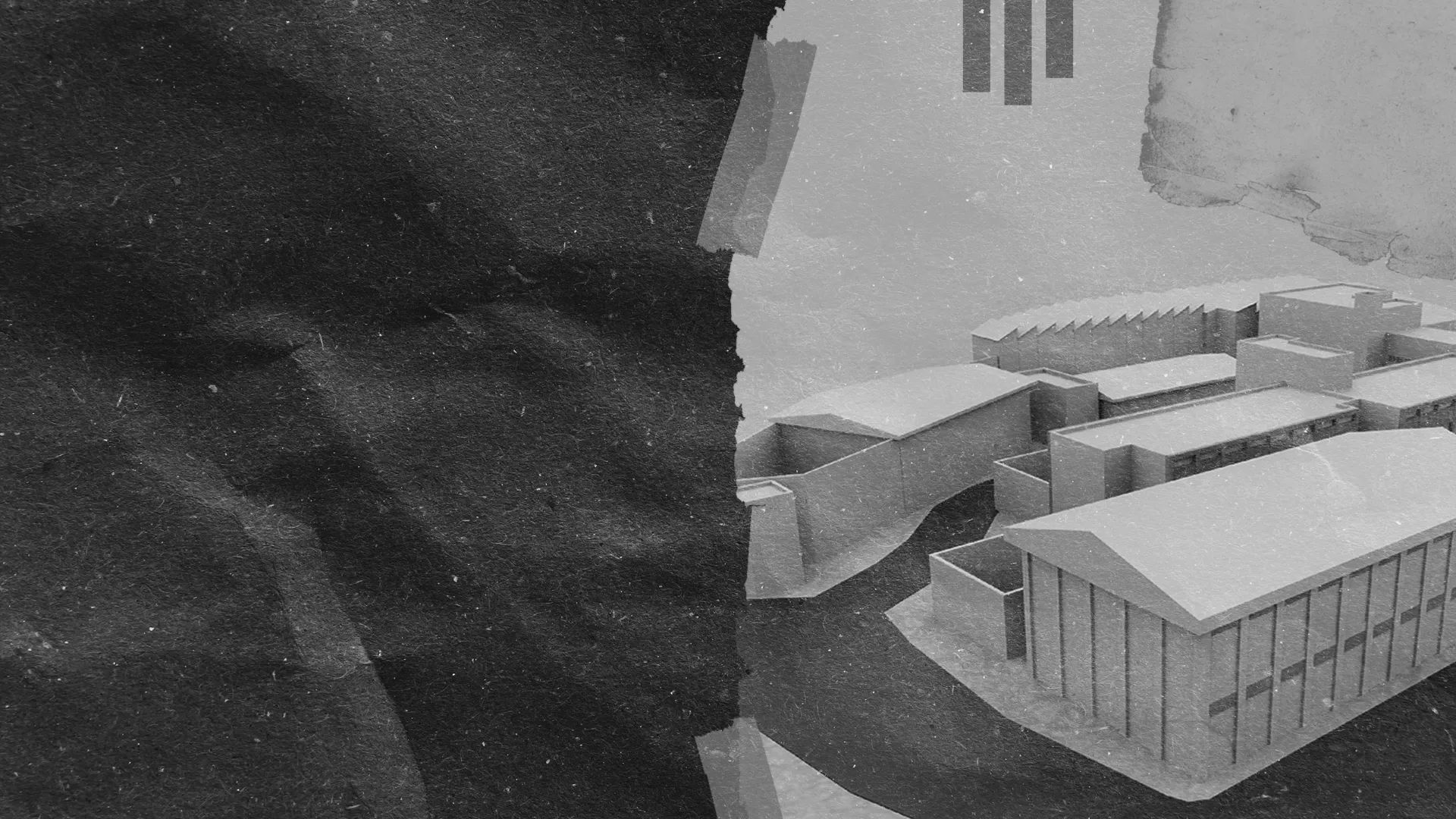

Initially, the nine defendants in this case were accused of "confrontation with the Islamic government," "sabotage," "destruction of one of the Atomic Energy Organization's devices," "acts against national security through cooperation with Israel," and possession of firearms and drugs.
Documents indicate that the judge acknowledged the existence of nuclear facilities in the location, and the defendants were acquitted of the charge of "confrontation with the Islamic government." Among the defendants is a woman named Parvin Mirzaei, who, according to one document in the case, is a citizen of Afghanistan.
Hundreds of letters exchanged between the judiciary, the Ministry of Intelligence, the Atomic Energy Organization, and investigations by Iran International show that Masoud Rahimi, the first-row defendant, has been sentenced to 10 years in prison and is currently incarcerated in Tehran's Greater Tehran Penitentiary. According to one judicial document, Masoud Rahimi also holds Singaporean citizenship. The Singaporean government did not respond to Iran International's inquiries about this matter.
Behrouz Montazeri, sentenced to four years in prison, is currently serving his sentence in Ward 4 of Evin Prison.
Other defendants were sentenced to less than four years, and some have either been released from prison upon completion of their sentences or are on the verge of being released. Initially, all the defendants in this case were held in Evin Prison, but after several incidents of conflict within Evin Prison, involving some of the defendants, and after the fire at Evin Prison on October 14, 2022, they were transferred to Greater Tehran Prison. Later, Behrouz Montazer was returned to Evin Prison.
Two of the cellmates of these prisoners, who spent many days with them in prison, told Iran International, "They were deceived and had no idea that the place belonged to the Atomic Energy Organization of Iran." One of the accomplices in this case said, "In his trial description, Judge said, 'Let's assume you didn't intend to harm the system and you were deceived. With the significant damage to the devices and the significant financial loss you have caused, what should we do?' He also said the defendants were from the vulnerable strata of society, who, due to economic pressure, agreed to set fire to the warehouse for some money: 'Some of them had a history of addiction and drug possession. What they did was significant, but it seems even the judge and security agencies understood that they were not criminals and had no motive; they were simply driven to this out of desperation.'"
In one of the judicial documents, Ali Qanatkar, the chief investigator of the first branch of the Sacred Court, wrote to the Tehran prosecutor in a highly confidential report, a copy of which was obtained by Iran International, "The head of the CIA and the National Security Advisor of America said that unemployed, addicted, and socially maladjusted individuals are suitable capacities for operational activities in the country (Iran)."
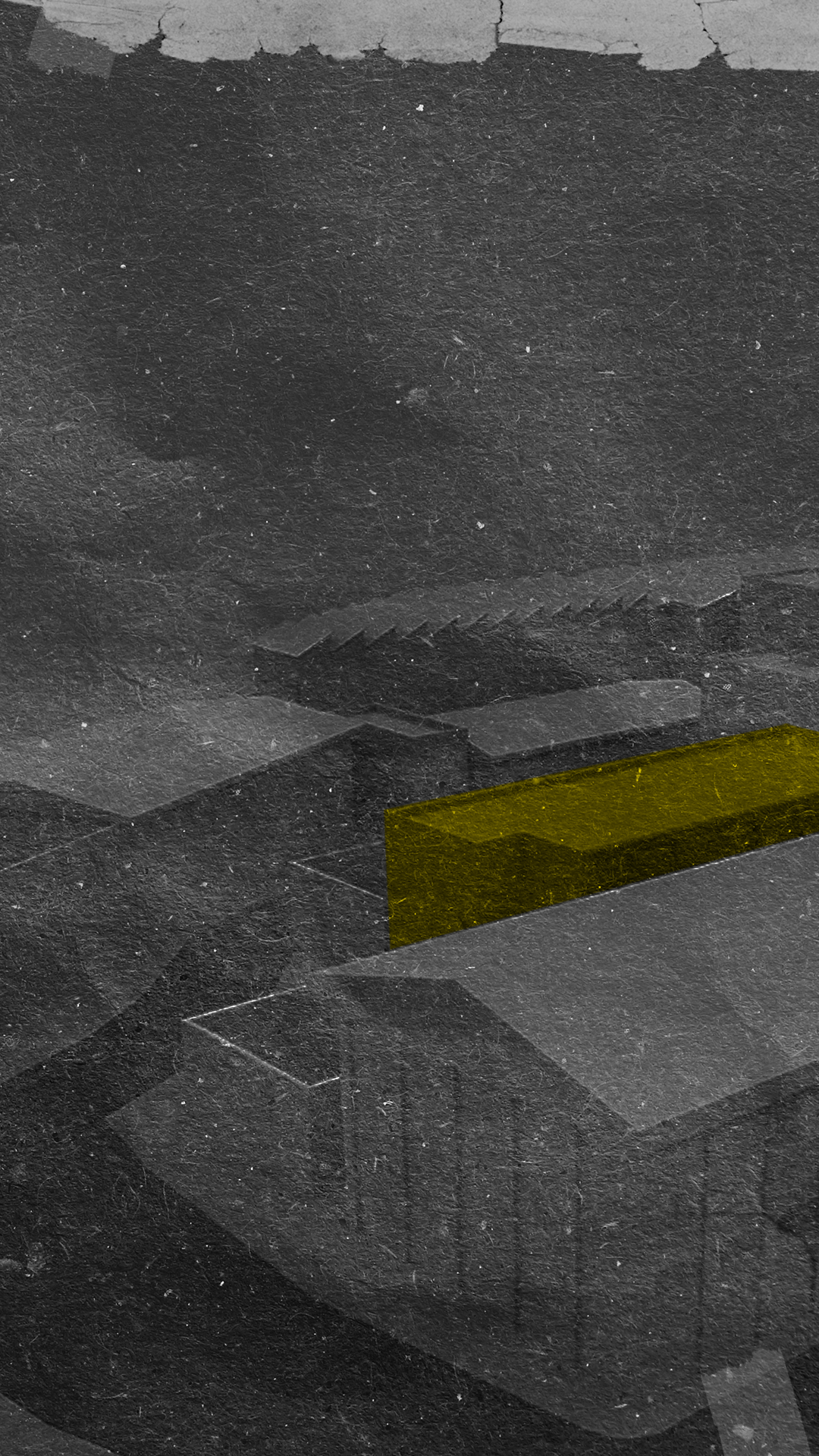
Supreme Leader's Directive

According to judicial documents, Ali Khamenei has quickly become involved in this case. In a session held on September 7, 2020, at Evin Courthouse, the Director-General of Legal and Judicial Affairs of the Ministry of Intelligence announced, "The Shadabad case report has been sent to Khamenei, and after reviewing it, he issued a directive on the first day of September 2020, stating that severe punishment for criminals is one way to prevent such incidents."
The explicit order of Khamenei in this case shows the importance of this matter to the Islamic Republic system. Also, in part of a letter dated July 29, 2020, the head of the first branch of the Evin Courthouse addressed the Director-General of Legal and Judicial Affairs of theanti-espionage department of the Ministry of Intelligence, emphasizing, "Given the importance of the matter, all military and security organizations are obligated to cooperate with it." However, it is not clear why the accused received relatively light prison sentences given the Iranian regime’s readiness to execute spies and political prisoners.
To date, no report has been published regarding the existence of a center belonging to the Atomic Energy Organization of Iran in the Shadabad area of Tehran. No news has been released regarding the fire in 2020 at this workshop.
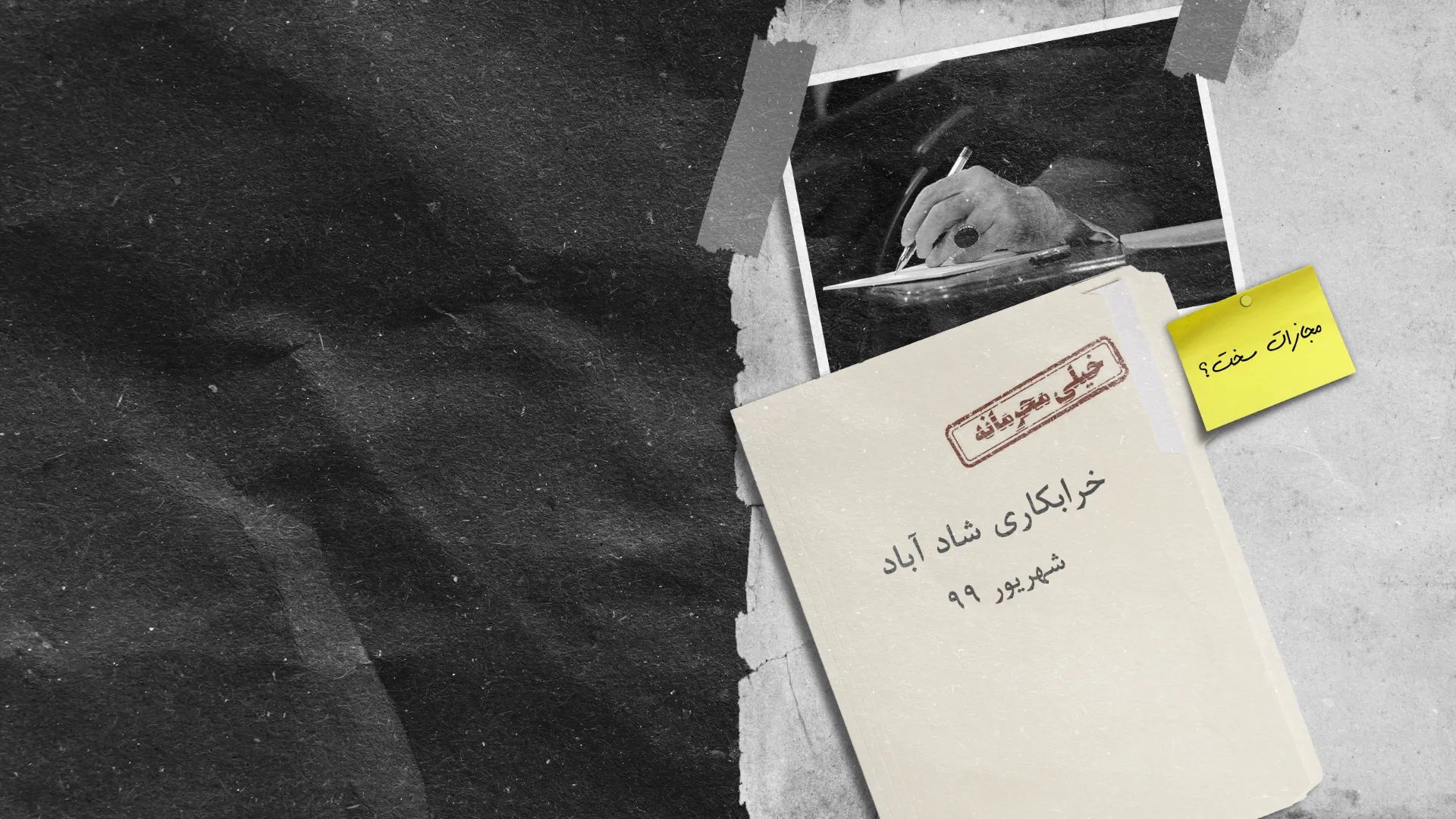
According to judicial documents, Ali Khamenei has quickly become involved in this case. In a session held on September 7, 2020, at Evin Courthouse, the Director-General of Legal and Judicial Affairs of the Ministry of Intelligence announced, "The Shadabad case report has been sent to Khamenei, and after reviewing it, he issued a directive on the first day of September 2020, stating that severe punishment for criminals is one way to prevent such incidents."
The explicit order of Khamenei in this case shows the importance of this matter to the Islamic Republic system. Also, in part of a letter dated July 29, 2020, the head of the first branch of the Evin Courthouse addressed the Director-General of Legal and Judicial Affairs of the anti-espionage Ministry of Intelligence, emphasizing, "Given the importance of the matter, all military and security organizations are obligated to cooperate with it." However, it is not clear why the accused received relatively light prison sentences given the Iranian regime’s readiness to execute spies and political prisoners.
To date, no report has been published regarding the existence of a center belonging to the Atomic Energy Organization of Iran in the Shadabad area of Tehran. No news has been released regarding the fire in 2020 at this workshop.

Possible Violation Of International Nuclear Monitoring

A former member of Iran’s Parliament, who has been knowledgeable about the Iranian nuclear case for years, told Iran International: "I am almost familiar with all the nuclear activities of the Islamic Republic and have often seen these centers up close, but I have never heard of such facilities in the Shadabad area. Considering that the Ministry of Intelligence and the judiciary believe this incident was the work of Israel, we are definitely talking about an important workshop."
In recent years, the International Atomic Energy Agency (IAEA) has faced serious challenges regarding at least three undisclosed locations belonging to the Atomic Energy Organization of Iran in Varamin and Turquzabad on the outskirts of Tehran, and also "Marivan" in Abadeh, Fars Province.
The former Iranian parliament representative said: "If we are engaged in uranium enrichment at a center or storing enriched uranium there, we must inform the Agency. Also, regarding the construction of centrifuge facilities and their upgrades, we must inform the Agency."
The International Atomic Energy Agency (IAEA) responded to Iran International's inquiry about the undeclared nuclear workshop, saying the Agency has no "information about this location."
What is the connection between the Shadabad warehouse and the construction of centrifuges?
Iran International investigations show that this workshop was associated with the "Engineering and Commercial Energy Innovation Company" at the time of the incident.
According to judicial documents, the names of Asghar Zarean and Mansour Sadeghi Gilani are mentioned in this case, and the Ministry of Intelligence has requested an investigation into these two individuals as "informants." Iran International investigations show that at the time of the sabotage operation, Zarean was the chairman of the board, and Gilani was the CEO of the Engineering and Commercial Energy Innovation Company.
In an agreement signed in 2018 between the Iranian Ministry of Health and the Atomic Energy Organization, it was stated that the "Engineering and Commercial Energy Innovation Company" is affiliated with the Atomic Energy Organization.
According to the Iranian Companies Registration System, the Engineering and Commercial Energy Innovation Company was established in April 2016 and is still active. However, the Atomic Energy Organization of Iran previously had a company called "Novin Energy," which was sanctioned by the United States government in 2005, and its assets in that country were frozen.
The head of the first branch of the Evin courthouse, meaning the Ministry of Intelligence, wrote in a letter that in a report dated August 9, 2020, the Director-General of Project Procurement and Technology Security of the Atomic Energy Organization stated that all actions (equipping and renovating the warehouse, purchasing machinery, setting up and launching the Shadabad complex) were carried out without the knowledge of the Deputy for Nuclear Protection and Security.
According to one document, about a year before the fire, on September 16, 2019, the Department of Sensitive Centers of the Ministry of Intelligence warned the Nuclear Protection and Security Department about safeguarding the Shadabad warehouse.
On September 2, 2020, the Ministry of Intelligence announced that "safeguarding protocols at the Shadabad workshop, such as installing surveillance cameras inside and outside the workshop and repairing the main workshop door, were not observed, and it was easy to open and close it before the incident occurred."
The deliberate fire at the Shadabad workshop belonging to the Atomic Energy Organization of Iran occurred in the early days of August 2020, but more than a year later, on October 19, 2021, the Tehran Fire Department reported a fire at a "4,000-square-meter workshop complex in Shadabad City" that "smoke from it was visible throughout the western region of Tehran." It is not clear whether these two incidents are related to the Atomic Energy Organization workshop or not.

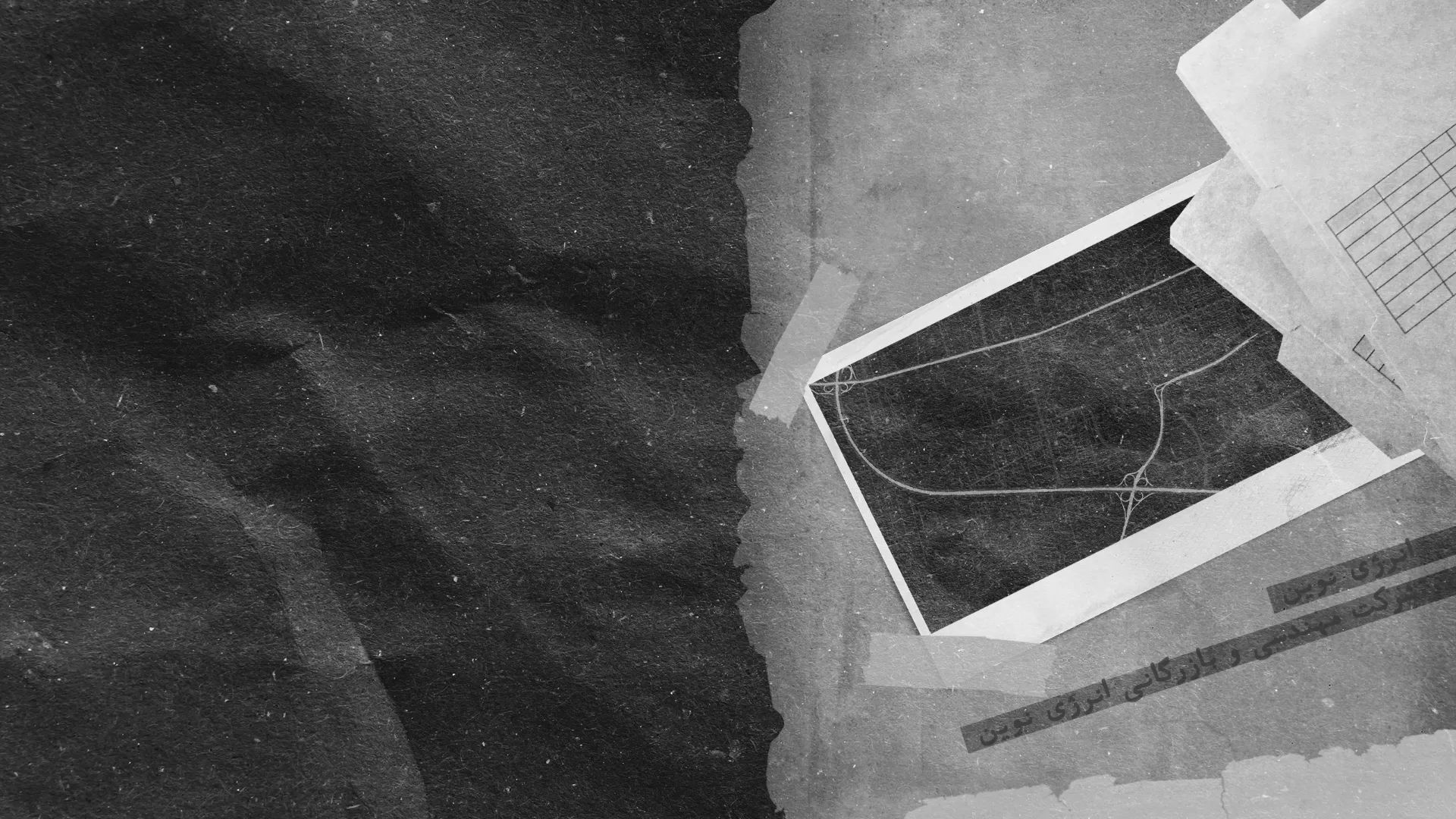
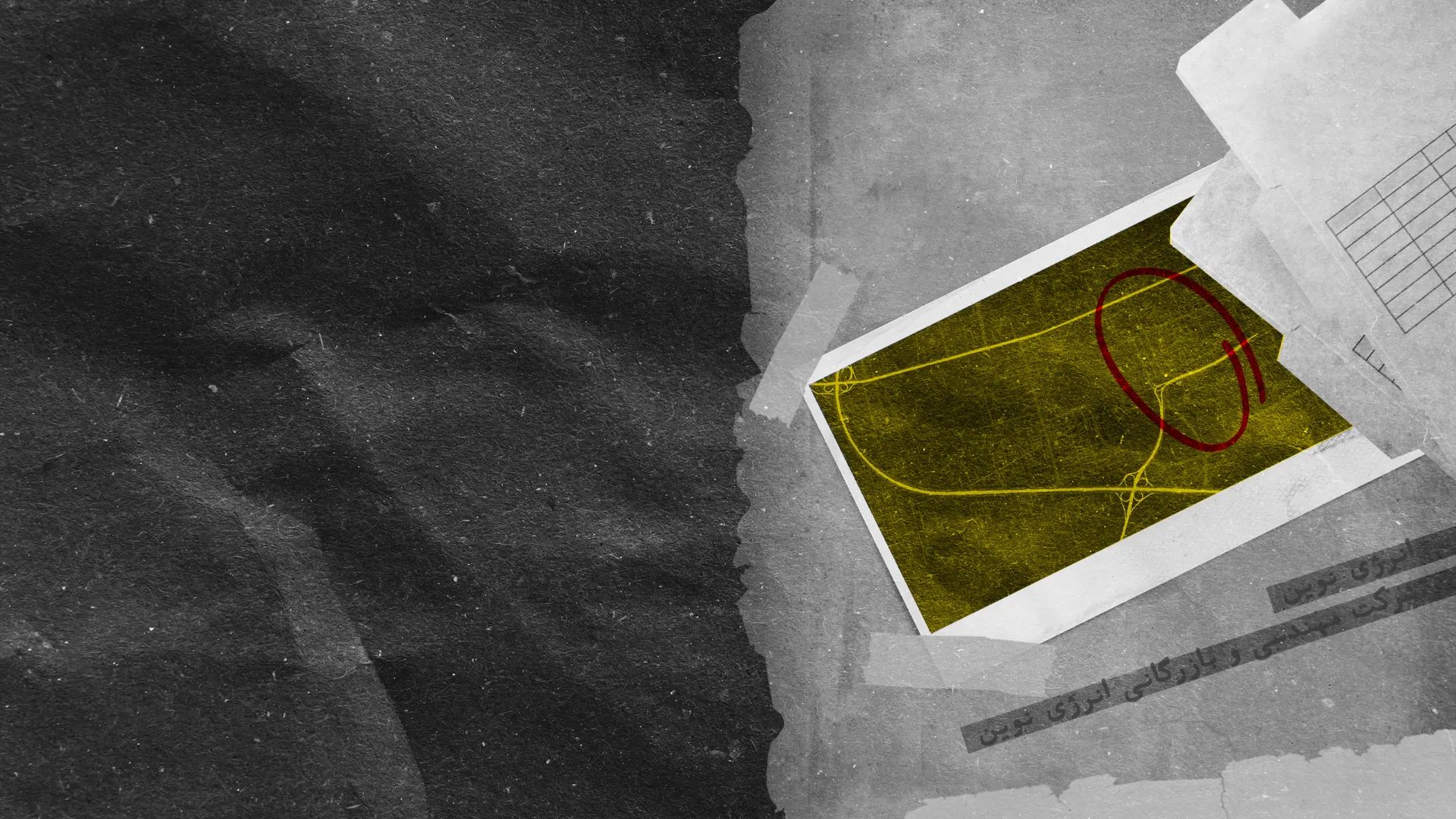
A former representative of the Islamic Consultative Assembly, who has been knowledgeable about the Iranian nuclear case for years, told Iran International: "I am almost familiar with all the nuclear activities of the Islamic Republic and have often seen these centers up close, but I have never heard of such facilities in the Shadabad area. Considering that the Ministry of Intelligence and the judiciary believe this incident was the work of Israel, we are definitely talking about an important workshop."
In recent years, the International Atomic Energy Agency (IAEA) has faced serious challenges regarding at least three undisclosed locations belonging to the Atomic Energy Organization of Iran in Varamin and Turquzabad on the outskirts of Tehran, and also "Marivan" in Abadeh, Fars Province.
The former Iranian parliament representative said: "If we are engaged in uranium enrichment at a center or storing enriched uranium there, we must inform the Agency. Also, regarding the construction of centrifuge facilities and their upgrades, we must inform the Agency."
The International Atomic Energy Agency (IAEA) responded to Iran International's inquiry about the undeclared nuclear workshop, saying the Agency has no "information about this location."
What is the connection between the Shadabad warehouse and the construction of centrifuges?

Iran International investigations show that this workshop was associated with the "Engineering and Commercial Energy Innovation Company" at the time of the incident.
According to judicial documents, the names of Asghar Zarean and Mansour Sadeghi Gilani are mentioned in this case, and the Ministry of Intelligence has requested an investigation into these two individuals as "informants." Iran International investigations show that at the time of the sabotage operation, Zarean was the chairman of the board, and Gilani was the CEO of the Engineering and Commercial Energy Innovation Company.
In an agreement signed in 2018 between the Iranian Ministry of Health and the Atomic Energy Organization, it was stated that the "Engineering and Commercial Energy Innovation Company" is affiliated with the Atomic Energy Organization.
According to the Iranian Companies Registration System, the Engineering and Commercial Energy Innovation Company was established in April 2016 and is still active. However, the Atomic Energy Organization of Iran previously had a company called "Novin Energy," which was sanctioned by the United States government in 2005, and its assets in that country were frozen.
The head of the first branch of the Evin Courthouse, meaning the Ministry of Intelligence, wrote in a letter that in a report dated August 9, 2020, the Director-General of Project Procurement and Technology Security of the Atomic Energy Organization stated that all actions (equipping and renovating the warehouse, purchasing machinery, setting up and launching the Shadabad complex) were carried out without the knowledge of the Deputy for Nuclear Protection and Security.
According to one document, about a year before the fire, on September 16, 2019, the Department of Sensitive Centers of the Ministry of Intelligence warned the Nuclear Protection and Security Department about safeguarding the Shadabad warehouse.
On September 2, 2020, the Ministry of Intelligence announced that "safeguarding protocols at the Shadabad workshop, such as installing surveillance cameras inside and outside the workshop and repairing the main workshop door, were not observed, and it was easy to open and close it before the incident occurred."
The deliberate fire at the Shadabad workshop belonging to the Atomic Energy Organization of Iran occurred in the early days of August 2020, but more than a year later, on October 19, 2021, the Tehran Fire Department reported a fire at a "4,000-square-meter workshop complex in Shadabad City" that "smoke from it was visible throughout the western region of Tehran." It is not clear whether these two incidents are related to the Atomic Energy Organization workshop or not.

